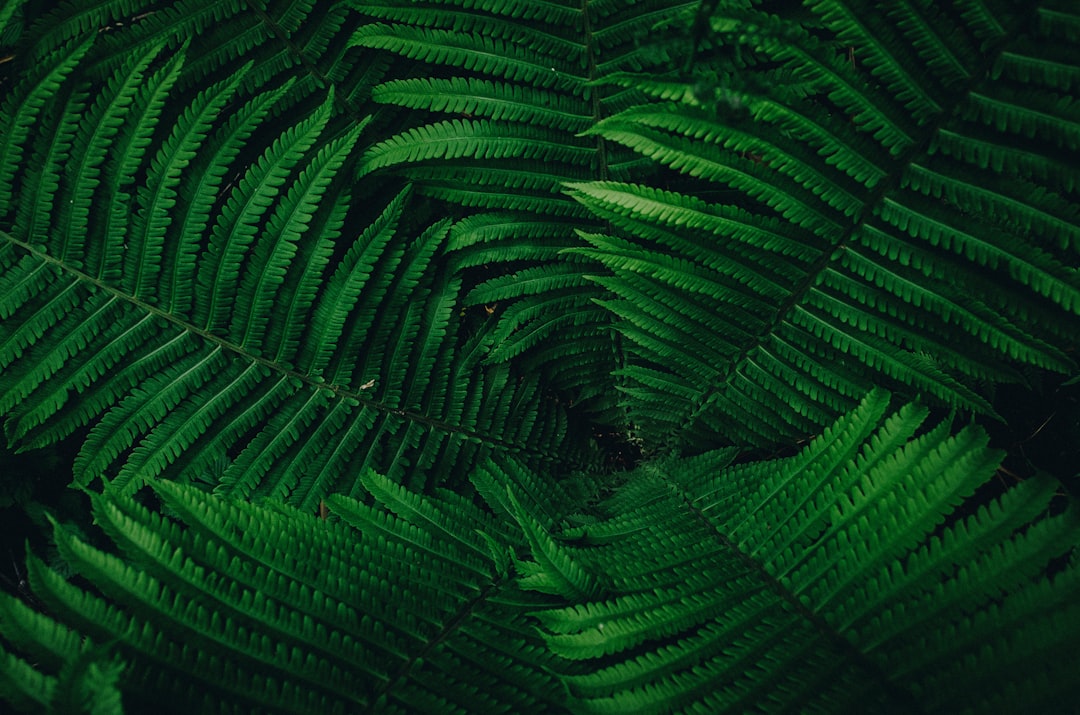Aquaponics is a revolutionary system that combines aquaculture (raising fish) with hydroponics (growing plants in water). The success of an aquaponic system depends not only on the fish species but also on the plants you choose. Certain plants thrive in this nutrient-rich, soilless environment, while others struggle.
In this guide, we’ll explore the best plant species for aquaponics, covering leafy greens, vegetables, and herbs, and provide key considerations to help you make the right choice for your system.
Factors to Consider When Choosing Plants for Aquaponics
Before selecting plant species, consider the following:
✔️ Nutrient Requirements: Some plants require more nitrogen, phosphorus, or potassium than others. Leafy greens thrive on high nitrogen, while fruiting plants need more phosphorus and potassium.
✔️ pH Tolerance: Most aquaponic systems maintain a pH of 6.5–7.0—ideal for most plants but not for highly acidic or alkaline-loving species.
✔️ Water Temperature: Some plants prefer warm water (e.g., basil, tomatoes), while others do better in cooler conditions (e.g., lettuce, spinach).
✔️ Growth Speed: Fast-growing plants provide quicker harvests and nutrient uptake, keeping the system balanced.
✔️ Light Requirements: Some plants, like lettuce, thrive in low-light conditions, while others, like tomatoes, need strong sunlight.
Best Plants for Aquaponics
1. Leafy Greens – Ideal for All Aquaponic Systems
Leafy greens are among the best plants for aquaponics because they thrive on the high nitrogen levels produced by fish waste. They also grow quickly and are easy to maintain.
Top Leafy Greens for Aquaponics:
✔️ Lettuce (Lactuca sativa) – Fast-growing, tolerates varying conditions, and requires minimal nutrients.
✔️ Spinach (Spinacia oleracea) – Prefers cooler temperatures and high nitrogen levels.
✔️ Kale (Brassica oleracea) – Hardy and rich in nutrients, making it a great choice for year-round growth.
✔️ Swiss Chard (Beta vulgaris) – Tolerant of various conditions and provides multiple harvests.
✔️ Arugula (Eruca vesicaria) – Fast-growing with a spicy, peppery flavor.
✅ Why Choose Leafy Greens?
They require minimal maintenance, grow quickly, and help keep the system balanced by absorbing excess nitrogen.
❌ Challenges:
Some greens, like spinach, can struggle in warm water, so temperature control is necessary in hot climates.
2. Vegetables – Thriving in Nutrient-Rich Systems
Fruiting vegetables require more nutrients than leafy greens and may need higher stocking densities of fish to supply adequate phosphorus and potassium.
Best Vegetables for Aquaponics:
✔️ Tomatoes (Solanum lycopersicum) – One of the most popular choices, requiring good aeration and phosphorus.
✔️ Peppers (Capsicum spp.) – Thrive in warm conditions and require a well-balanced nutrient supply.
✔️ Cucumbers (Cucumis sativus) – Grow well in aquaponics but require trellising for support.
✔️ Beans (Phaseolus spp.) – Excellent nitrogen fixers that improve soil conditions in traditional gardens.
✔️ Zucchini (Cucurbita pepo) – A fast-growing vegetable that does well in media-based systems.
✅ Why Choose Vegetables?
They provide a valuable food source and are highly productive in aquaponic setups with sufficient nutrients.
❌ Challenges:
-
Nutrient demand – Fruiting plants need extra potassium and phosphorus, which may require additional supplementation.
-
Support structures – Vining plants like cucumbers and beans need trellises.
3. Herbs – Flavorful and High-Value Crops
Herbs are an excellent choice for aquaponics, especially for small home setups or commercial operations looking to grow high-value crops. They generally require less space and nutrients than fruiting vegetables.
Best Herbs for Aquaponics:
✔️ Basil (Ocimum basilicum) – Thrives in warm temperatures and grows quickly.
✔️ Mint (Mentha spp.) – Extremely hardy and spreads rapidly. Best kept in separate containers to prevent overgrowth.
✔️ Cilantro/Coriander (Coriandrum sativum) – Prefers cooler temperatures and provides fresh leaves and seeds.
✔️ Dill (Anethum graveolens) – Requires moderate nutrients and grows well in media beds.
✔️ Chives (Allium schoenoprasum) – Low-maintenance and excellent for flavoring dishes.
✅ Why Choose Herbs?
They grow quickly, require minimal nutrients, and offer a high market value if selling commercially.
❌ Challenges:
Some herbs, like cilantro, struggle in warm climates and may bolt (flower prematurely).
Best Plants for Different Aquaponic Systems
System Type Best Plant Choices Media-Based Aquaponics Tomatoes, peppers, cucumbers, zucchini, all leafy greens Deep Water Culture (DWC) Lettuce, spinach, kale, basil, mint, chives Nutrient Film Technique (NFT) Herbs (basil, mint, chives), lettuce, strawberries🔹 Media-based systems are the most versatile and can support both leafy greens and fruiting vegetables.
🔹 DWC systems are best suited for leafy greens and herbs, which require less nutrient density.
🔹 NFT systems work well for lightweight plants like herbs and lettuce but struggle with heavy or deep-rooted plants.
What Plants to Avoid in Aquaponics?
While many plants thrive in aquaponic systems, some are not ideal due to their high nutrient demands or poor adaptation to soilless growing.
❌ Avoid these plants:
🚫 Root Vegetables (Carrots, Potatoes, Onions, Beets): These require soil for proper development.
🚫 Blueberries and Other Acid-Loving Plants: Aquaponics systems maintain a pH of 6.5–7.0, too high for acid-loving plants.
🚫 Corn: It demands too many nutrients and space for most systems.
Conclusion: Choosing the Best Plants for Your Aquaponic System
The best plants for your aquaponics system depend on nutrient availability, climate, and system type. If you’re just starting out, leafy greens and herbs are the easiest and most forgiving choices. Once your system is well-established, you can experiment with fruiting vegetables like tomatoes, peppers, and cucumbers.
Key Takeaways:
✔️ Leafy greens (lettuce, kale, spinach) are perfect for beginners and require minimal nutrients.
✔️ Herbs (basil, mint, chives) are profitable, easy to grow, and well-suited for most systems.
✔️ Fruiting vegetables (tomatoes, cucumbers, peppers) need higher nutrient levels and support structures.
✔️ Choose plants based on your system type – media-based systems support the widest range of plants.
Are you planning an aquaponic system? Let me know which plants you’re growing in the comments!

Comments
No comments yet. Be the first to comment!
You must be logged in to comment. Login